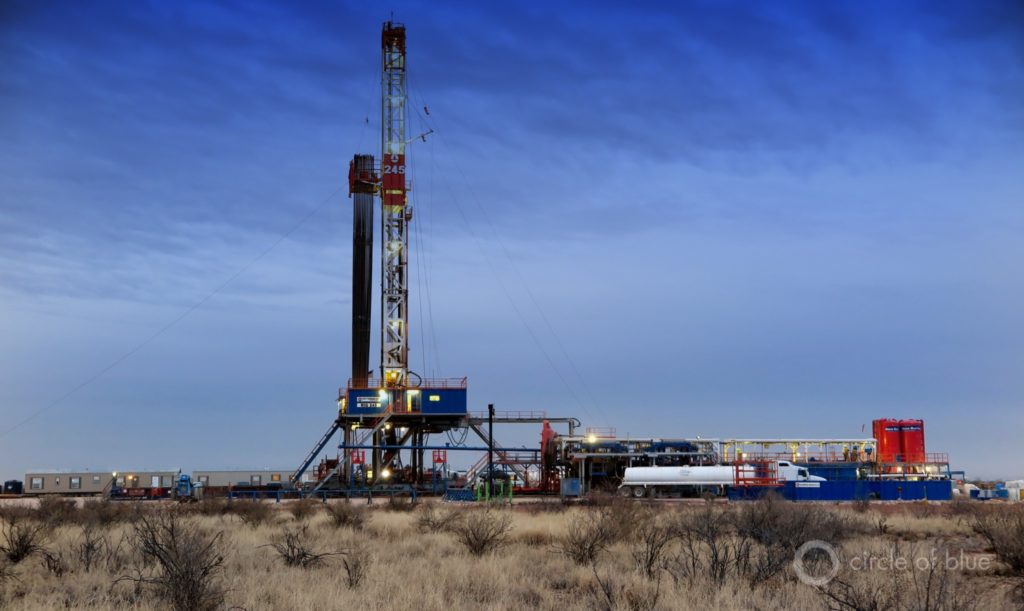
Of all the principles that defined American culture and shaped its economy over the last 70 years, arguably none have been as influential as this one: mobility. Think about the salient details of where we live, what we purchase, how we choose our destinations, our work, our social gatherings. Consider the public policy decisions that financed the highways and airports and water systems that spread America out. Don’t forget the economic investments in the apparatus that supported a first-of-its-kind, never-seen-before design for civilization that featured parking lots, big box stores, drive-through banks and fast-food restaurants, roadside hotels, large lot subdivisions, cul-de-sacs, golf courses, filling stations.
Consider also the expense of performing adequately in what land use authorities call the “built environment.” Homes. Cars. Gas. Debts. Property taxes. Garden equipment. Entertainment centers. Furniture. We build into our lives the time, cost, and efficiency of how we get where we need to go, and the convenience of the return.
All of it — See the USA in a Chevrolet, Have it Your Way, Tiger in Your Tank, Disneyland for crying out loud — is tied to ample supplies of oil at affordable prices. Mobility by the gallon. The COVID-19 panic is displaying just how vulnerable our high-expense, resource-wasting, land-consuming way of life is to disruption. The unknown is this: how much of the mobile way we live will return, once the viral danger subsides and the economic depression that’s coming ends?
Already this week Hertz missed a payment on its leased vehicle rental fleet and is struggling to avoid bankruptcy. Disney is floundering as its theme parks, vacation resorts, cruise line, and movie-making businesses fold up. Oil and gas producers, processors, and shippers are in big trouble. On and on.
I suspect that many more and bigger changes are in the making. Remember that our sprawling way of life was invented in 1939 as a means for exiting the Great Depression. It was put into effect starting in the 1950s and progressed from there on a foundation of cheap energy, ample land, and rising personal and government wealth — all artifacts of the 20th century.
The scaffolding supporting sprawl was already in trouble well before the novel coronavirus exited China. All of its major support struts were growing old and weak. Energy prices soared. Land got expensive. The time people spent commuting in traffic jams was a serious social issue, a drain on family stability, a threat to good health. Wages that were needed to support the mobile economy stagnated. The country got more crowded and government wealth diminished along with the political will to keep road and airports current. During the last decade the population of cities grew faster than the suburbs, reversing a 60-year trend that started in 1950, according to census data. Malls started to die. Cities — not suburbs — are the now primary generators of the nation’s economic growth, according to research compiled by the Federal Reserve.
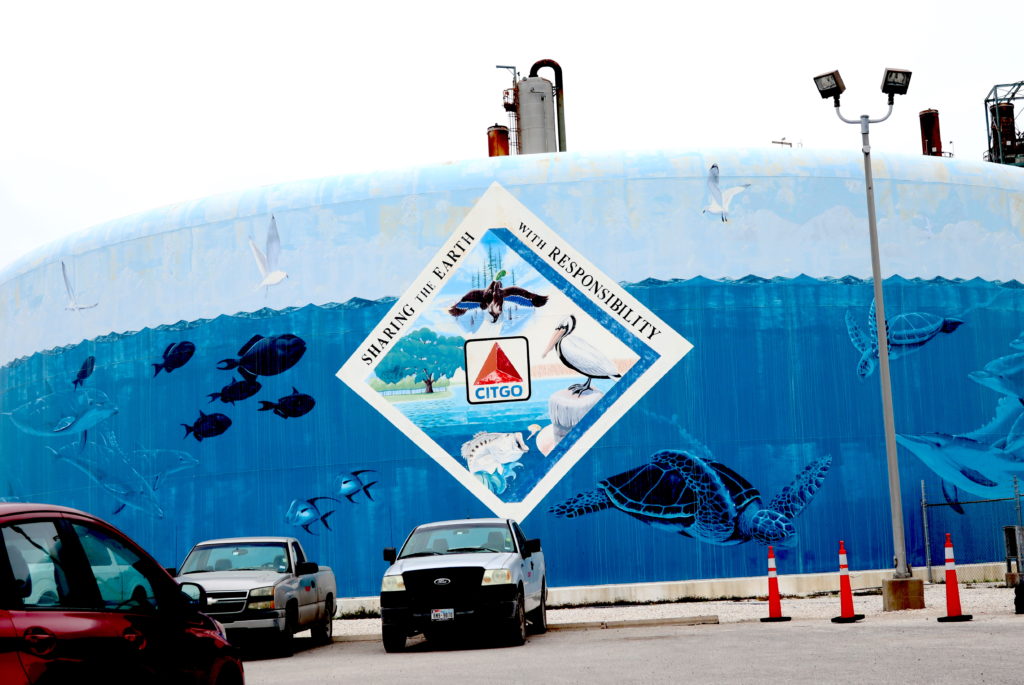
Few of us who studied sprawling patterns expected a pandemic to wipe out the structural foundations of American mobility. But that’s what’s happened. April turned out to be a cruel month for the fossil fuel business, as I reported in the New York Times. The virus forced Americans into a lockdown. Demand for fuel plummeted 40 percent, while prodigious production from fracked oilfields in Texas and North Dakota added to a global surplus. Oil prices, hit by the double whammy of falling demand and overproduction, have plunged nearly 80 percent since the start of year. Industry executives are shutting down their wells, curtailing refining capacity, and storing unsold oil in tanker ships anchored offshore in the Gulf, the Pacific, and the Atlantic.
The price of gasoline where I write this post in Somerset, KY is $1.29 a gallon. In inflation-adjusted dollars, that’s the lowest price in U.S. history. The oil industry is in a state of near-collapse. Analysts tracking the $2.4 trillion that the global oil market earned last year anticipate that it will shrink $1 trillion this year.
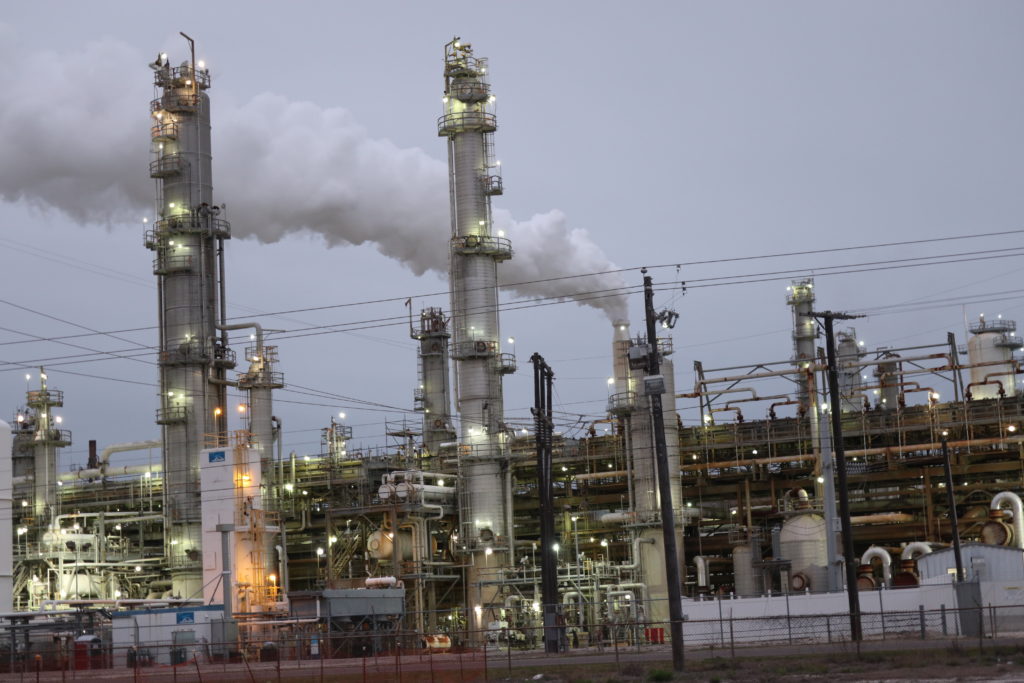
But the other industrial sectors of the mobile economy also are on financial ventilators. Airlines. Hotels. Vacation resorts. Vehicle manufacturers. Home builders. Restaurants. Clubs. Festivals. Sports. Convention centers, stadiums and arenas. Shopping centers. Those sectors essentially account for more than half of the U.S. economy. Already 30 million of America’s 165 million-employee workforce have applied for unemployment benefits. There will likely be more. Even as states start to revive their economies, it’s difficult to imagine that airlines, hotels, restaurants, and stadiums will fill like they did last year.
If deaths from the virus surge again, as health authorities predict, the economic damage will only get worse and the consequences will linger longer.
The speed of the breakdown and its momentous scale are shocking Americans. Everything we’ve learned about what it means to live the good life, and what goes into supporting it, is being reset. College students aren’t enrolling if all they get for their money is online instruction. Vehicles aren’t being sold if Americans decide the one they have, and the lower miles they expect to drive, will suffice. Flying anywhere will be a threat to personal safety for the foreseeable future. Unemployed people aren’t going anywhere, including out to eat.
The one old mainstay certainty that vanished with such speed, and that astonishes me, is what we were told about energy supply. I sat in gas lines in 1973 and 1974 as a regular chore to fill my family’s vehicles. At the time, and for decades after, Americans were told that oil is a scarce and finite resource. We even had a term for what would happen when oil supplies reached a zenith in production and began to retreat. Remember “peak oil”?
Fracking altered that story. Before the pandemic the U.S. was producing 13 million barrels of oil daily, well over twice U.S. production earlier in the century. America was the world’s largest oil supplier. New pipelines caused civic disturbances all over the country. The oil and gas sector led the country out of the 2008-2009 Great Recession. The era of energy independence had arrived.
Today we know it wasn’t scarcity that buckled the the oil sector. It was over-production, plummeting demand, and surplus. It’s just those kinds of unexpected outcomes of the pandemic that we can’t predict but we should expect. The most mobile society in history is coming to ground. Get ready for big adjustments in the American way of life.
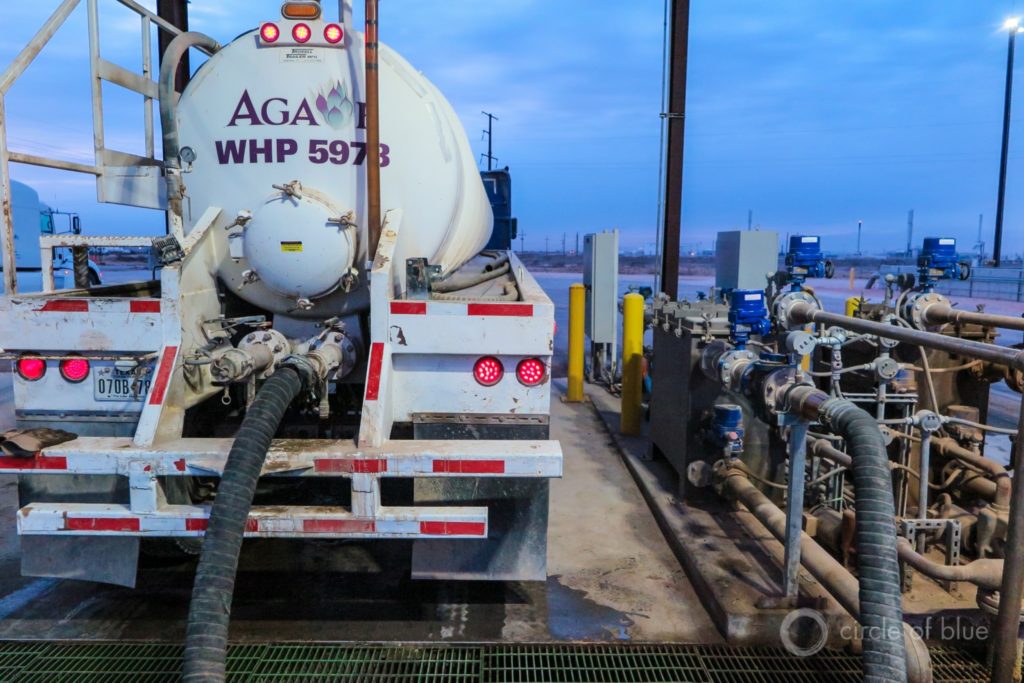
— Keith Schneider
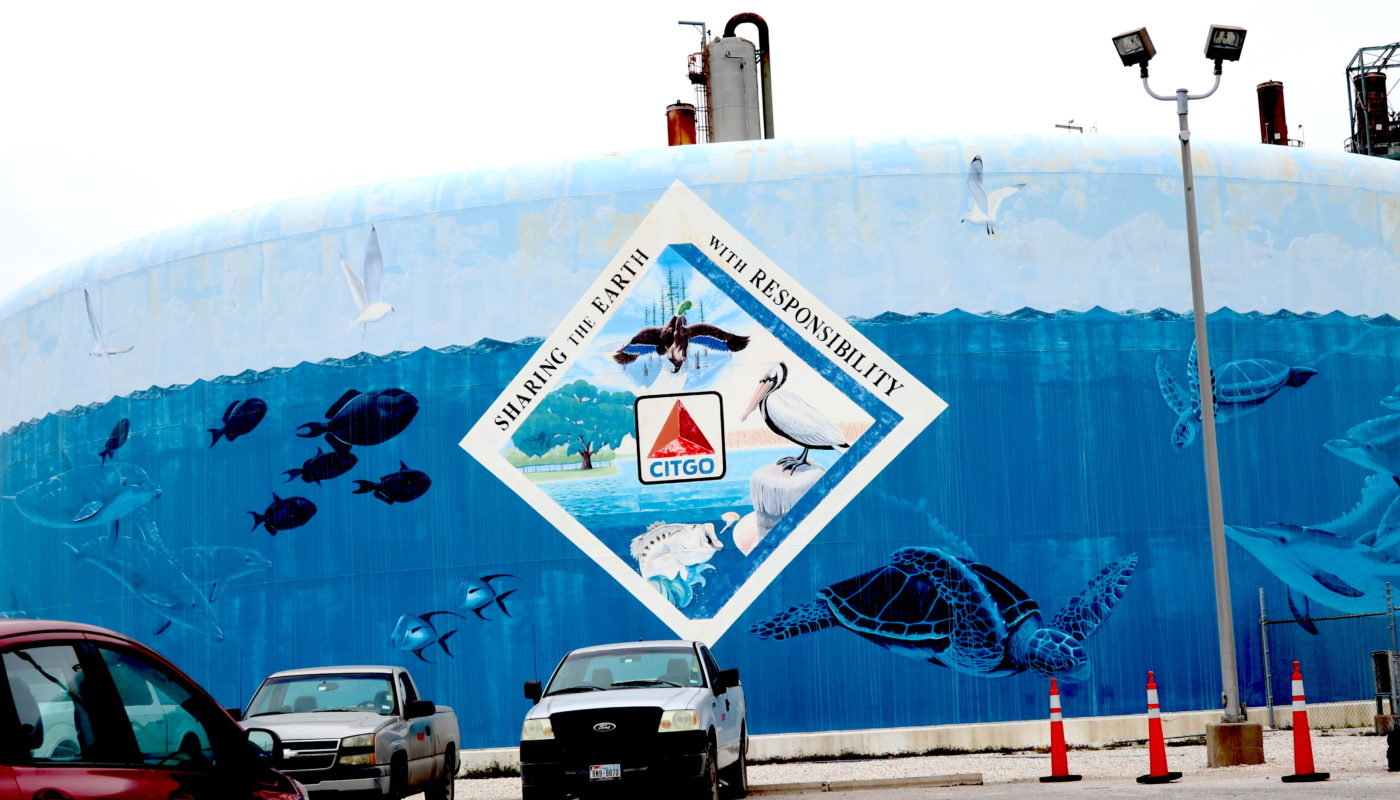
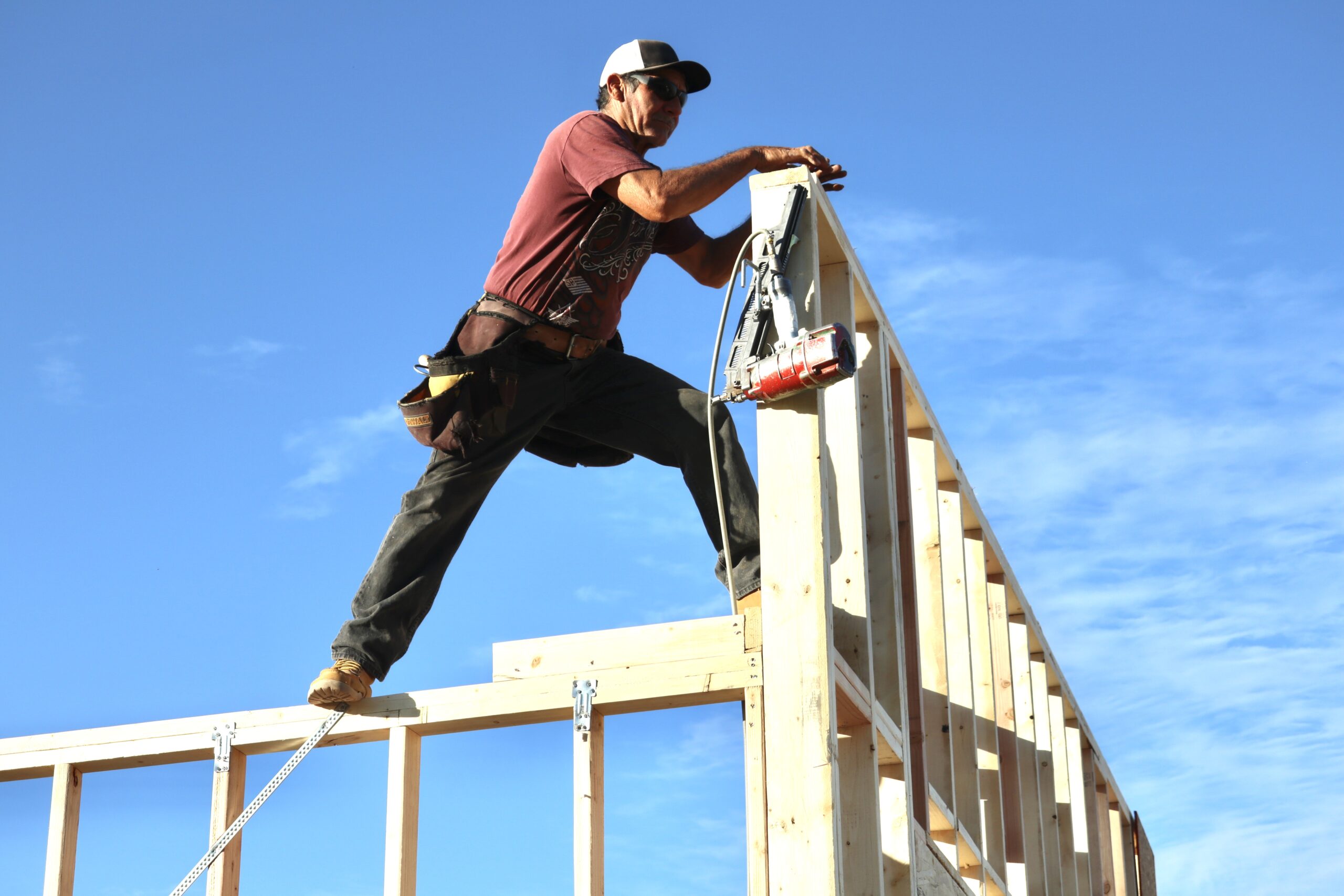
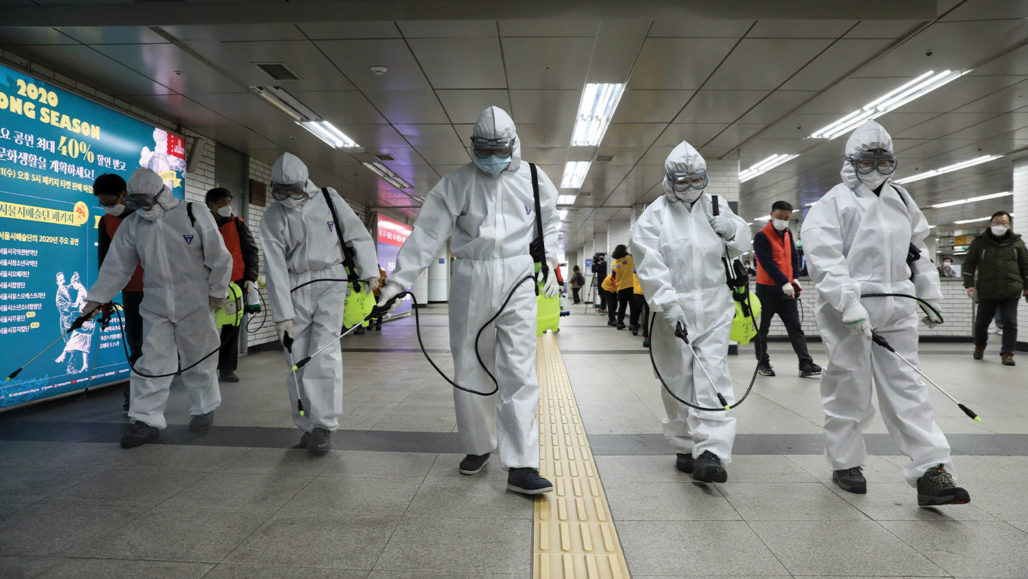

One thought on “American Mobility Curbed By Pandemic: Oil Sector in Free Fall”